Peter Finch is perhaps
the foremost chronicler of Cardiff, past and present. His response
to the 2020 lockdown restrictions confining people to their local
authority area was to begin walking the boundary of his. This was
in a mirror of his long walk along the south Wales coast recorded
in Edging the Estuary.
The Cardiff border rarely
appears on maps. The city is no longer has walls (like York or Chester),
or a modern transport périphérique like London’s
M25. Instead its dotted line boundary travels across fields, along
motorways, up rivers, through forests, over rail tracks and along
miles of intertidal mudflats following the edge of the Severn. The
border itself is made up of waymarked trails, city streets, highway
liminal zones, woodlands. Mud-soaked tracks up hillsides, bridges,
diversions, disentanglements and discoveries all play a part in this
informative text created for walkers and armchair travellers alike.

Edging the City explores
(often literally) why and where borders exist, their purposes, their
love of water courses. It discusses other cities with walkable borders
including York, Chester, London, Paris, Bruges and Seoul. It considers
legal and geopolitical reasons for borders (the battles over placement
of ‘Welcome’ signs, for instance), how they change and what
happens when politics crosses boundaries. Cardiff’s medieval
and other boundaries are tracked. The border is walked, run and sailed.
Finch talks to ultra runners who have traversed the 50 plus mile route
in a single day. He provides textual diversions on border history,
north Cardiff trees, words for mounds, the mountains of Cardiff, the
city’s coalmines, its triads, historical figures, battles, hill
forts, poets, politicians, housing developments and other divertissements.
There’s a city’s edge playlist which filled the author’s
head as he strode available on Spotify. Edging the City is a view
of Cardiff like no other, full of insights and discoveries.
Listen to the Edging the
City playlist on Spotify here.
Check what it all looked
like in the Flickr stream here
View the interactive map at Plotaroute here
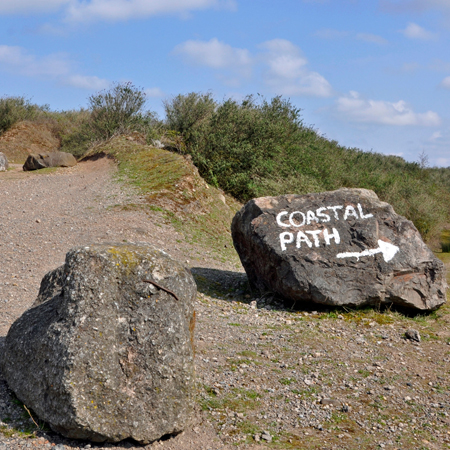
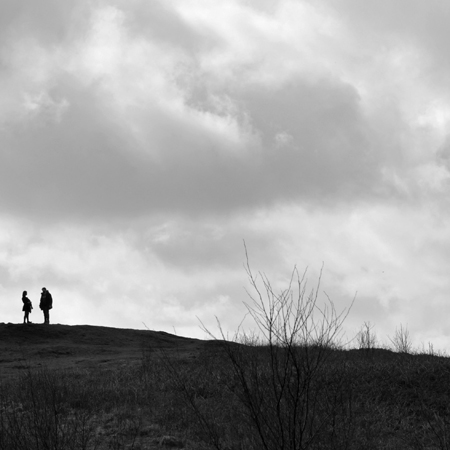
What
The Critics Say
Bobby
Seal in Psychogeographic Review
"Circumnavigating
the city and then writing home had been on my mind ever since I’d
encountered Iain Sinclair’s walk around the M25, London Orbital,
which came out in 2002. But it was the Covid crisis that pushed it
and the directive that for exercise citizens had to remain remain
within the confines of their local authority. Stay Local. No border
crossing. But what could that mean? Just how big was my local authority?
How far out did it go and where did it end?"
Peter Finch
has been a ubiquitous figure on the Welsh literary scene for over
forty years. As a writer he is best known for the Real Cardiff series
of books but has also written about music, produces walking guides
and is a published poet.
During the 2020 Covid lockdown
Welsh government rules meant that none of us could travel outside
the boundaries of our own local authority without good reason. Being
a seasoned jobbing writer, Finch seized on this situation as the perfect
opportunity for a new project, rather than worrying about it being
a limitation on the walking trips that had become so much part of
his writing process.
Peter Finch, like many
of us who are psychogeography curious, read and was intrigued by Iain
Sinclair’s London Orbital back in 2002. Sinclair wrote about
a circular walk he completed around the outer edge of London following
a route as close as possible to that of the M25 motorway. The walk
revealed new aspects of the city and took Sinclair through unfamiliar
liminal zones, each very different in character to the London that
he thought he knew.
Finch, a life-long resident
of Cardiff, felt that a similar journey around the border of his own
city might result in new insights about it. Not just discoveries about
the edges of Cardiff and the places where it butts up against neighbouring
boroughs, but more general insights into the nature of borderlands.
His first task was to plot
his route on a map, which he reports was no easy challenge. Inspired
by Finch’s book, I tried today to draw up a walking route around
the outer edge of my own local authority area and can confirm the
difficulties with this process that he writes about. Other than the
sections of Cardiff’s boundary where it follows a road, a river
or the sea, transposing a line on an OS map to the reality on the
ground is no mean feat; especially if, as Finch decided from the outset,
you rule out knowingly trespassing on private property.
In very simple terms, Cardiff
is bounded by the Vale of Glamorgan to the west and south-west, the
M4 motorway and a range of hills to the north, wetlands and the boundary
with Newport to the east and the Bristol Channel coastline to the
south-east. Finch began his journey in the south-west corner of Cardiff
and, in a series of walks, followed the city’s boundary in a
clockwise fashion.
It was hard, writes Finch,
to accurately follow the border as intended and he often found himself
straying away from it. Either further into Cardiff or over the boundary
into other council areas. He was surprised to find how rural much
of the outer edge of the city was and, this being during lockdown,
he encountered very few other walkers out and about.
Finch is a natural storyteller
and he provides us with an engaging account of his journey. Cardiff
is his territory and he knows it well. He fills in his descriptions
of the places he passes through with episodes from the city’s
history, tales of its characters as well as his own anecdotes. Like
many cities, Cardiff has expanded rapidly over the years, particularly
after the industrial revolution and the city’s role as the world’s
busiest coal-exporting port.
Cardiff has steadily absorbed
villages and whole swathes of rural land, pushing its urban boundaries
outward. As he walks, Finch observes scores of new housing developments,
retail parks and industrial zones near the edge of the city: evidence
of Cardiff’s ongoing expansion.
As a block of land Cardiff
comes in at roughly 8 miles by 12. Following its borders on a map
with a map wheel, including the long section of tidal mudflats to
the south-east, Finch calculates that the border extends for just
over 41 miles. His walk, with diversions around buildings and gardens,
the occasional climb to a hilltop viewing point and for his meanderings
when the route was not clear, totalled almost 73 miles.
With Edging the City, Finch
has created a work that is not just a walking guide, but is an historic
record of a particular time and place. He puts flesh on the narrative
bones of his journey with the monochrome pictures and coloured maps
he uses to illustrate his book. There are also links to useful online
resources he has created.
This is a fascinating and
informative book. It is also, perhaps, a source of inspiration for
those of us who feel tempted to try something similar in our own area.
Bobby Seal - Psychogeographic
Review, January, 2023
Tim
Cooke in Nation Cymru
Ever since
he first encountered Iain Sinclair’s epic circumnavigation of
the M25, in 2002’s London Orbital, Cardiff-writer Peter Finch
has had something similar in mind for his hometown.
Twenty years on, Edging
the City sees the author tracking a far less concrete border in a
series of explorations of the outer limits of the Welsh capital.
Pushed into the project
by the restrictions imposed during the pandemic, confining citizens
to their local authority, he sets about discovering how far the city
spreads and where exactly it ends.
In the process, he traverses
an array of diverse landscapes, engaging with all sorts of subjects,
from border politics to industrial, personal and cultural histories.
Starting at the southernmost
point of the Ferry Road peninsula, sitting at a yacht club picnic
table, Finch looks out at the water and ponders the city’s edge.
‘Like generations of departing mariners before me,’ he writes,
‘from here I can see the world… Behind me is Wales. A green
place again now the dust has ended.’
Extraordinary adventure
It’s the beginning
of an extraordinary adventure, and on this first stretch he seems
to be setting out his stall.
With eyes fixed on how
the past, present and future intertwine, he draws on how this once
muddy spit of land and middling market town were transformed by the
industrial revolution into a ‘coal port beast’.
With the coal ships now
gone, he passes futuristic apartment blocks complete with porthole
windows and yacht-sail roofs.
Pollution
Following the Ely north,
along its namesake trail, Finch recalls past reasons for the river’s
pollution – coal washeries, coke plants, paper mills and sewage
– and how it remains prone to flooding.
He treks beside Grangemoor
Park and reflects on the strange, terrible beauty of a hump of city
refuse ‘capped with a metre of soil with grass on top’,
before spotting his first border sign. He comes off the trail at Leckwith
Bridge, near Cardiff City Stadium, and gradually shifts his course
west.
Among descriptions of one
of Henry VIII’s antiquarians and changes to the local topography,
he evokes images of Ely Racecourse, which operated from 1855 to 1939,
its grandstand burning down in ’37.
Here, he weaves in some
interesting family history, via a photo of his great grandfather,
looking secure and content – ‘maybe his horse has just won’.
Time and space
The book continues in this
way, skipping through mud, mire, time and space. We are taken back
to a period of Roman rule and learn about the Victorian-era boom in
rifle ranges.
We see the development
of the Ely and Caerau housing estates, originally billed together
as the Ely Garden Suburb, and there’s a great section on the
Caerau Hillfort, which started life as a Neolithic settlement and
was fortified in the Iron Age; since then, it has been a burial ground,
a medieval farm and, more recently, a spot for downing lager and riding
motorbikes.
This is history in motion.
Highlights
Among other rambles, Finch
skirts the shopping malls at Culverhouse Cross, takes in the dream-like
views of Castell Coch, deviates to Caerphilly Mountain – where
his father would drive him on Sunday afternoons in the 60s –
and rounds on the modern medieval centre and the Bay again: in all
‘a great lozenge shape.’
Highlights along the track,
for me, include his description of a nuclear war monitoring station,
the story of the Welsh prince who gave his name to Clwb Ifor Bach
(there’s good bit on the Welsh music scene, too) and musings
on the politics of rights of way.
There’s a fascinating
passage on the Great Flood of 1606, when a five-foot tidal wall killed
around two thousand people.
Disused railway lines recur,
as do golf courses and examples of anti-vax graffiti scrawled over
brick and stone, as if to ground the book in its own time.
Cultural archaeology
It’s fitting, of course,
that Finch started with mention of Iain Sinclair, who is clearly a
strong influence. I remember reading London Overground in 2015 and
thinking of it as an act of cultural archaeology, coming away, as
I did, with reams of new names to explore.
Finch’s book does
the same thing: he gives a short account, for example, of the brilliant
– and influential – literary forger, Iolo Morganwg; he praises
the work of naturalist Mary E Gillham, whose trilogy on the Glamorgan
heritage coast I’ve already bought; and touches on the life of
William Blake’s friend Benjamin Heath Malkin, who took up residence
in Cowbridge and whose text The Scenery, Antiquities, and Biography
of South Wales sounds essential.
And there’s the music
he listens to en route: Robbie Basho, Merle Haggard and Philip Glass,
to name just three.
Poetic prose
I’ve read plenty of
books in recent years that use walking as a method of connecting with
place in a fresh and meaningful way, but few have been situated so
close to home.
I’m from Bridgend,
went to college in Cardiff and worked briefly on the outskirts of
the city – delivering goods to the likes of Celsa, mentioned
in the latter stages – so I know some of these locations well,
and more in passing.
What Edging the City does
so effectively, though, is defamiliarize and enrich these landscapes,
with allusion, digression and depth, all painted in seemingly effortless
poetic prose.
Finch lifts the apparently
mundane to a place of real literary significance, giving some of these
lesser-known quarters the attention they deserve.
Tim Cooke in nation.cymru, 16 october, 2022. Here.
Madeleine Gray in
Morgannwg - The Journal of Glamorgan History
"one feels this treasure
trove of material has been building for some time.... He writes as
a poet, but also as someone who has lived locally for many years and
has digested the city, mentally, physically and emotionally. His conversation
with the reader has the directness, intelligence and humour of a Guardian
newspaper columist. He clearly aims to entertain, but he does not
do this by cherry-picking the entertaining parts of the walk. It is
all there: the grafffiti, the flyposting, the mud and the barbed wire."
- Madeleine Gray in Morgannwg - The Journal of Glamorgan History,
January, 2023.
BenW in Silent Words
Speak Loudest
"The local poet, writer and psychogeographer has already published
several books on Cardiff, so it'd be tempting to think that what he
doesn't know about the city isn't worth knowing. And yet he found
that there was still more to be discovered about the Welsh capital
- this time through walking around its fringes, fuelled by nothing
more than the contents of a Thermos flask and his characteristic curiosity....If
you want a fresh look and insightful comment on the familiar as well
as being metaphorically transported to places where your own feet
are yet to tread, Finch is your man."
- BenW in Silent
Words Speak Loudest, Jan, 2023.
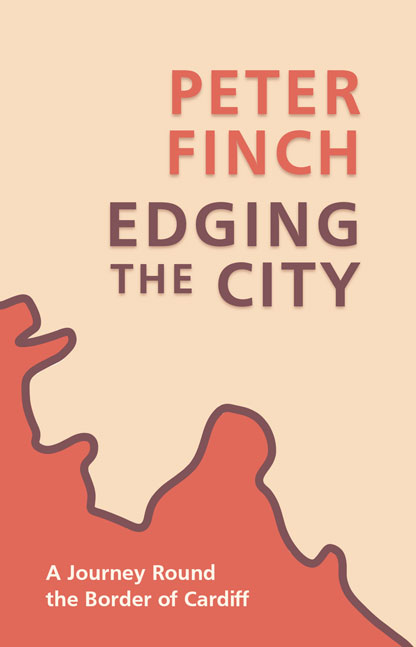
A companion to Finch's Edging The Estuary
Edging The City is published by Seren Books
isbn 9781781726761
275 pages. Paperback £9.99
available
from Seren
online
all good bookshops & from Amazon
It tells the whole story. Is it a real book? It's real enough.
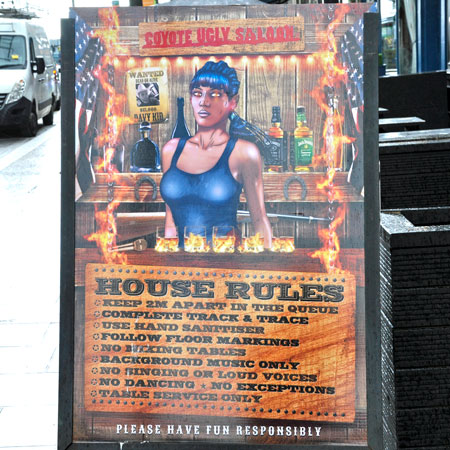
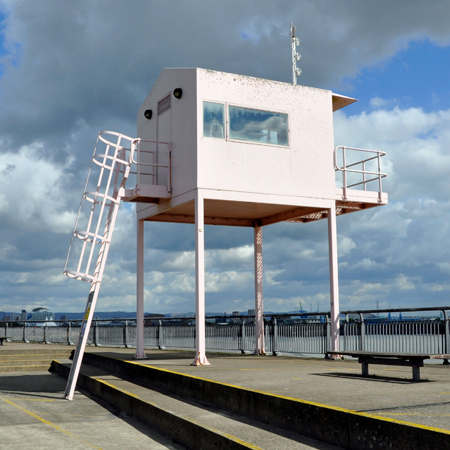
Edging
The City - Peter Finch
available from Seren Books
see
more with PedrFinch's Flickr photosets
Edging
The City - The complete Set
Estuary
- Cardiff
Estuary
- The Port of Cardiff
The
Estuary - Sailing on the Waters
Estuary
- The Land is Sinking

sign
on the Cardiff Bay Barrage
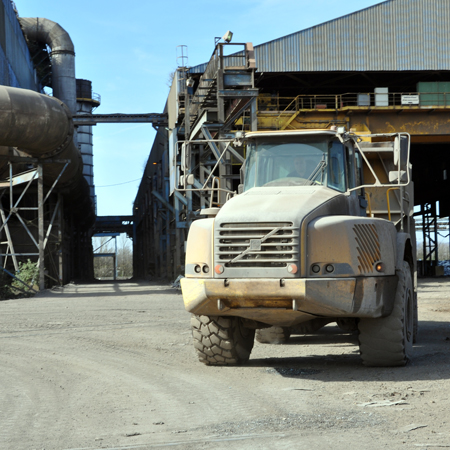
back to the top